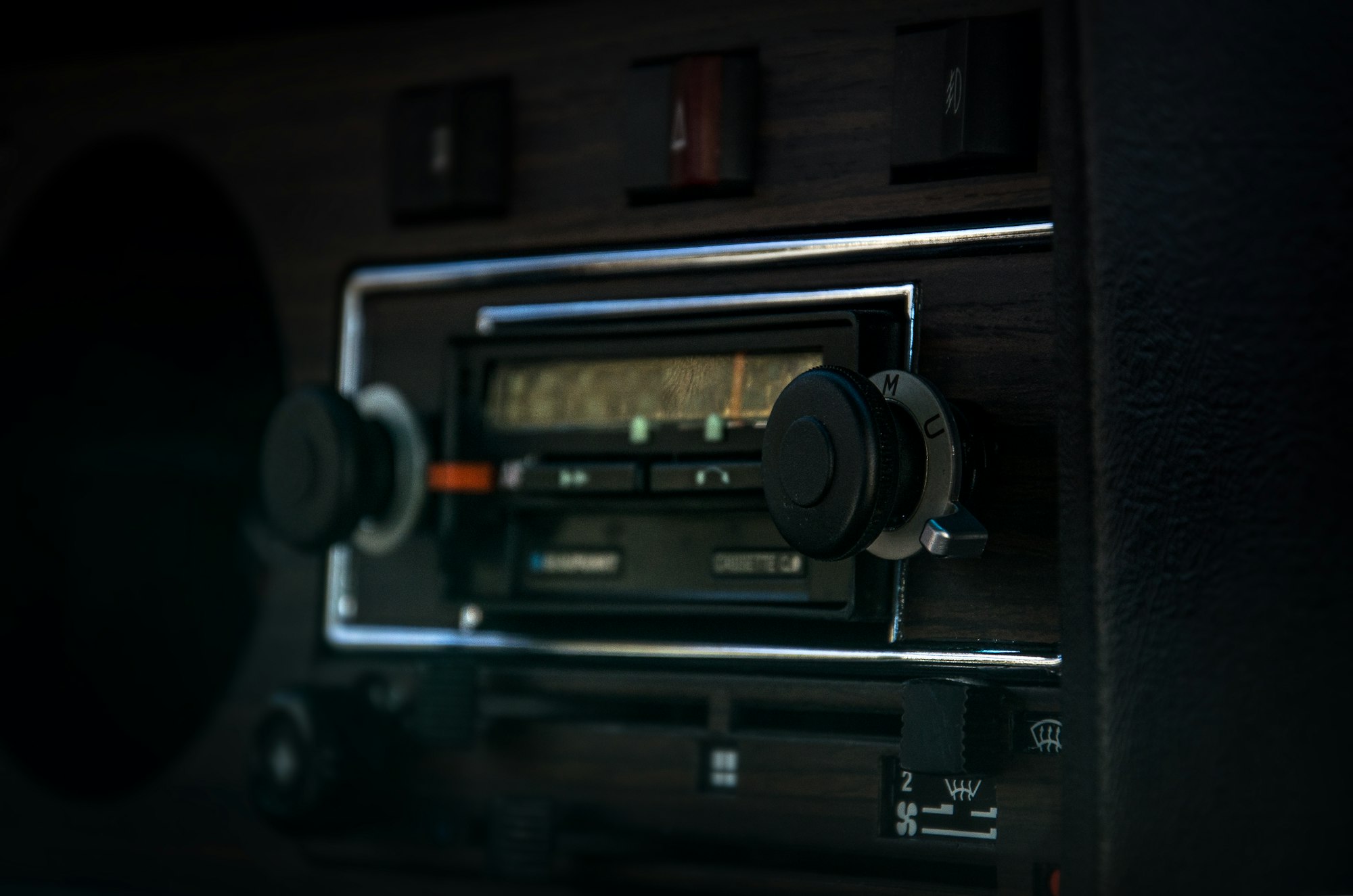Ham Radio - Bands and frequencies

Many of us, radio amateurs, sometimes face the forgetfulness of technical details such as amateur radio bands, transmission powers for different license classes, or the conversion between wavelength and corresponding frequency.
Below, we have a summary of these in the form of a table.
Please note that below information is according to Romanian legislation.
| Band | Freqency | Power I | Power II | Power III | Power IV |
|---|---|---|---|---|---|
| HF | High Frequency | ||||
| 2,2km | 135,7-137,8 kHz | 1W (PAR)(1) | 1W (PAR) | 1W (PAR) | 1W (PAR) |
| 160m | 1810-2000 khz | 400W (1kW)* | 200W | 100W | 50W |
| 80m | 3500-3800 khz | 400W (1kW)* | 200W | 100W | 50W |
| 40m | 7000-7200 khz | 400W (1kW)* | 200W | 100W | 50W |
| 30m | 10,1-10,15 Mhz | 400W (1kW)* | 200W | 100W | 50W |
| 20m | 14-14,35 Mhz | 400W (1kW)* | 200W | 100W | 50W |
| 17m | 18,068-18,168Mhz | 400W (1kW)* | 200W | 100W | 50W |
| 15m | 21-21,45 Mhz | 400W (1kW)* | 200W | 100W | 50W |
| 12m | 24,89-24,99 Mhz | 400W (1kW)* | 200W | 100W | 50W |
| 10m | 28-29,7 Mhz | 400W (1kW)* | 200W | 100W | 50W |
| VHF | Very High Frequency | ||||
| 6m | 50-52 Mhz | 400W | 200W | 100W | 50W |
| 4m | 70-70,3 Mhz (2) | 20W | 20W | 20W | 20W |
| 2m | 144-146 Mhz | 400W (1kW) | 200W | 100W | 50W |
| UHF | Ultra High Frequency | ||||
| 70cm | 430 (3)-440 Mhz | 200W (1kW) | 100W | 50W | 30W |
| 23cm | 1,24-1,3 Ghz | 200W | 100W | 50W | 30W |
| 13cm | 2,3-2,45 Ghz | 200W | 100W | 50W | 30W |
| SHF | Super High Frequency | ||||
| 9cm | 3,4-3,41 Ghz | 200W | 100W | 50W | 30W |
| 5cm | 5,65-5,85 Ghz | 200W | 100W | 50W | 30W |
| 3cm | 10-10,5 Ghz | 200W | 100W | 50W | 30W |
| 12,5mm | 24-24,25 Ghz | 200W | 100W | 50W | 30W |
| EHF | Extra High Frequency | ||||
| 6mm | 47-47,2 Ghz | 200W | 100W | 50W | 30W |
| 3,7mm | 75,5-84 Ghz | 200W | 100W | 50W | 30W |
| 2,4mm | 122,25-123 Ghz | 200W | 100W | 50W | 30W |
| 2,1mm | 134-141 Ghz | 200W | 100W | 50W | 30W |
| 1,2mm | 241-250 Ghz | 200W | 100W | 50W | 30W |
(1) - For the 135.7-137.8 kHz band, determining the maximum usable power level is done using the concept of Apparent Radiated Power (PAR), as specified in Note 5.67A of the CEPT ERC 25 Report. This is different from using the peak modulation power.
(2) - In the 70-70.3 MHz band, operation with a maximum peak modulation power of up to 20 W is allowed under the following conditions:
a. Signal bandwidth: 12.5 kHz;
b. Interested authorized radio amateurs submit a coordination request to ANCOM;
c. Prior coordination with the Ministry of National Defense, hereinafter referred to as MAPN, is required for coordination.
(3) - The portion between 430 and 431.2 MHz, which, like the rest of the band, has the NG status (Non-Governmental Usage Status), can also be utilized in PMR (Private Mobile Radio).
Sporadic E
Certain radio signal openings occur due to concentrated areas of ionization in the upper atmosphere, known as the E Layer ionosphere. These specific areas of intense ionization are referred to as "sporadic E," leading to unpredictable yet robust signal propagation characteristics, especially on the lower VHF radio frequencies.
The 6-meter amateur band, often nicknamed "the magic band," is part of this category. It frequently experiences signal "openings" where communication can extend from one small region to another approximately 1,000–1,700 km (600–1,000 miles) away, particularly in the spring and early summer months. While this phenomenon also occurs in the fall, it is less frequent during that time.